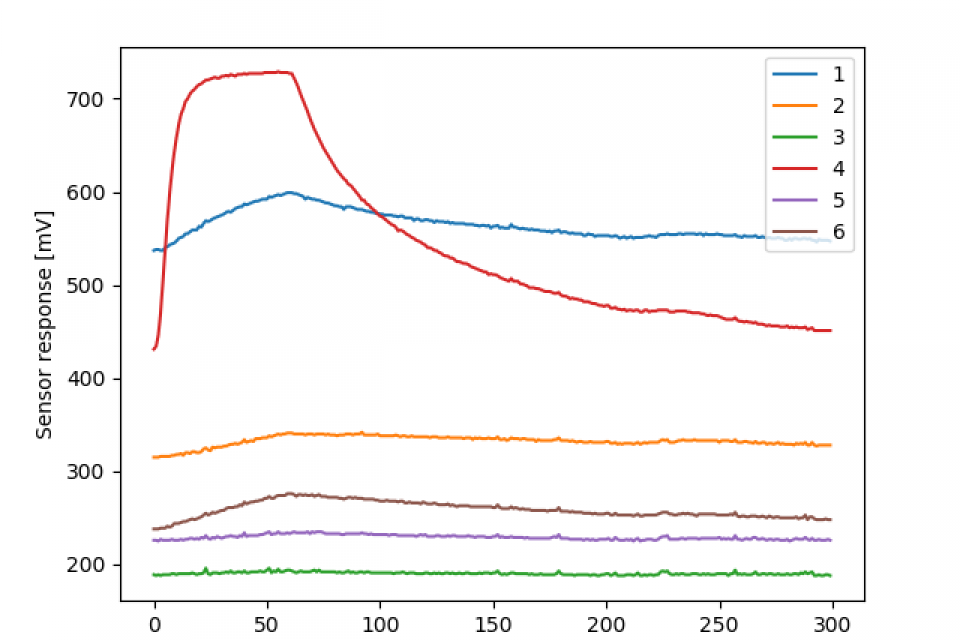Datasets
Standard Dataset
Mixed explosives dataset
- Citation Author(s):
- Submitted by:
- Julio Torres-Tello
- Last updated:
- Tue, 05/17/2022 - 22:17
- DOI:
- 10.21227/exkq-c076
- Data Format:
- Research Article Link:
- License:
 859 Views
859 Views- Categories:
- Keywords:
Abstract
This dataset contains the resuts of an experiment in which an electronic nose implemented with six MOX sensors acquired samples of explosives in raw and combined states.
As for the collection of samples, a random experimentation was carried out in order to avoid that data generates any memory effect that could influence the results. Raw TNT and gunpowder data were taken in amounts of 0.1g to 2g. Soap and toothpaste were also used to be mixed with the explosives. In the end, we took samples of the explosive substances in raw and combined states.
After some data processing, a total of 420 samples are available to be analyzed, each one being a matrix of 6x300 elements (response of 6 sensors during 300 seconds).
Instructions for using the 'Mixed explosives' dataset.
Sensors data:
As for the data containing the response of the six sensors. The file 'sensors_data_augmented.h5' is available. You can access the data through Python, using the following commands:
##########
#Required library
import h5py
#Reading the H5 file
file_name = "sensors_data_augmented.h5"
h5f = h5py.File(file_name,'r')
sensors_data = h5f['dataset_1'][:]
h5f.close()
#The H5 file contains also the information of a temperature sensor, that you can discard
sensors_data_final = sensors_data[:,[1,2,3,4,5,6],:]#Not using temperature data
##########
Labels:
The binary labels corresponding to this dataset are contained in a separate file, called 'binary_labels_augmented.txt', that you can access with your preferred method.






